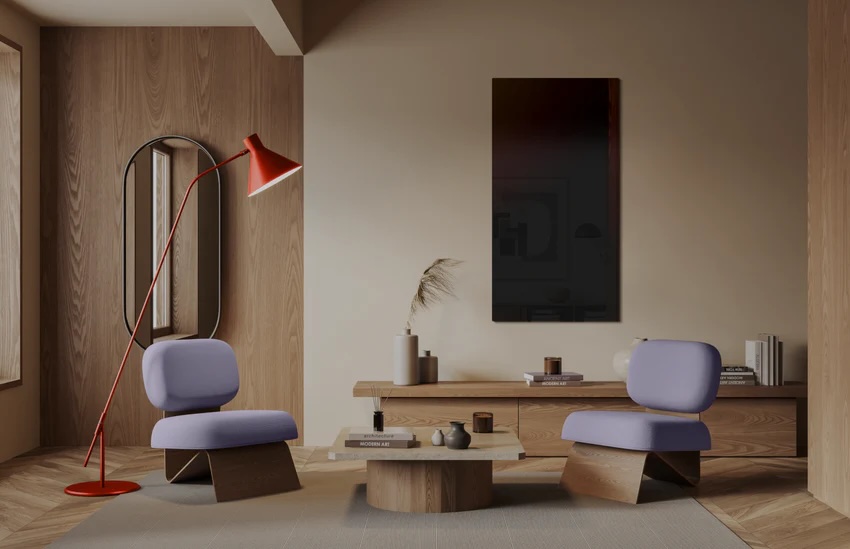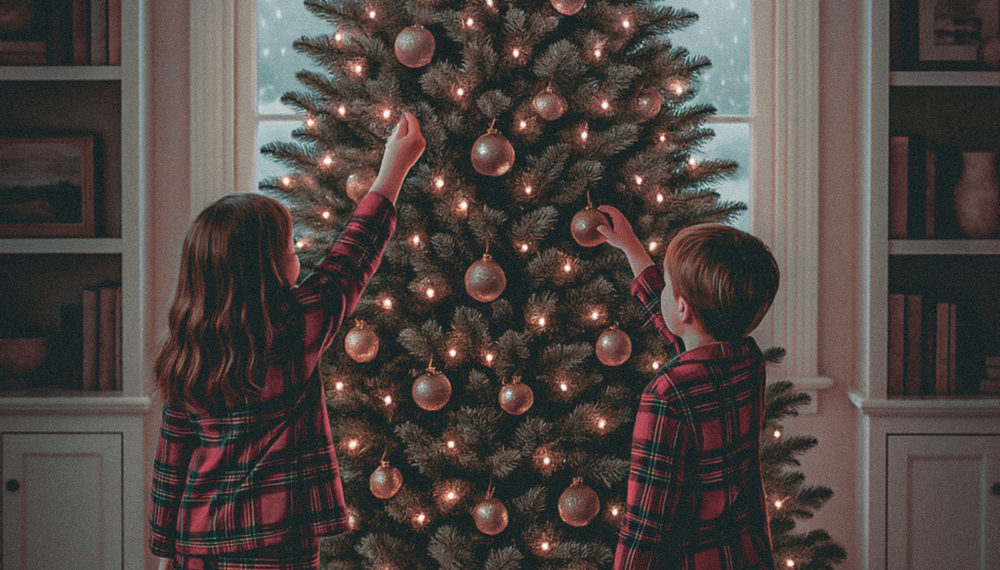If you’ve ever felt the joy of building or remodeling a home you know the pain that came with it. My wife compared it to childbirth – tortuous while you’re experiencing it, but worth it in the end.
It’s a pain I’ve been fortunate to feel on a few occasions, and one that I’ve been embarked on yet again, in taking on a classic New England farmhouse renovation. Built in the late 1700’s, the house and barn have fallen into disrepair after 200 plus years in the same family, and yet their at-present dilapidated appearance can’t diminish the beauty and understated refinement lying just beneath the surface.
In starting the renovation journey, I’ve already made more choices than I can count – some easy, some difficult – but one of the decisions that for me came nearly instantaneously was the choice of which material to use for the siding. If you’ve ever visited New England, you know that Eastern White Cedar is the single most iconic material you’ll find, gracing everything from fishing cottages in Maine to sprawling compounds in Nantucket. It is without question the most enduring, distinctive and functional siding and roofing material you’ll find anywhere on the planet, and it was the obvious choice when it came time to decide which siding material I should choose for my own home.
So why specifically did I choose Eastern White Cedar? Beyond the obvious good looks and iconic style, Eastern White Cedar’s benefits far outweigh any other siding and roofing options, both on a performance and environmental scale.

Eastern White Cedar Benefits
The singular greatest feature of Eastern White Cedar is simple: long term, Eastern White Cedar is both renewable and fully biodegradable. It’s something that’s so often overlooked, but through sustainable forest management, Eastern White Cedar is a completely renewable resource. From the moment a tree is planted, it immediately improves the environment, capturing CO2 from the atmosphere through the process of photosynthesis to create biomass while also helping transfer additional carbon into the soil.
Once the tree is harvested, every portion of the tree can subsequently be used during the manufacturing process, from the wood used to create siding and roofing down to the sawdust which can be converted to energy to power the manufacturing equipment. Over the course of its life, when properly installed, the wood will provide 40 or more years of protection from the elements, until eventually it will be composted and converted back into soil. Looking at the life cycle of Eastern White Cedar, it offers benefits every second of its existence, only to rejoin the Earth and build new soil for the next generation of plantings.
When it comes to the environmental benefits of Eastern White Cedar versus the alternatives, there’s simply no comparison.
Compare this to the never-ending assortment of materials so commonly used as building materials today, and it’s easy to see the environmental benefits Eastern White Cedar offers. Metal products that must be mined, heavily processed and aren’t renewable; oil based materials that harm the environment, deplete fossil fuels and require heavy processing; and concrete that again must be mined and is incredibly difficult to recycle. When it comes to the environmental benefits of Eastern White Cedar versus the alternatives, there’s simply no comparison.
In addition to the environmental benefits, the secondary benefit of Eastern White Cedar is the inherent benefits of the wood itself. Because Eastern White Cedar is naturally able to repel water and insects, it can be installed without any additional coatings or protectants without diminishing its ability to provide decades upon decades of protection. You still have the option of numerous coatings including stains and latex finishes, but they’re entirely optional.
Not only is it rot and insect resistant, Eastern White Cedar is also incredibly lightweight and insulating, weighing up to 75% less than roof tiles and providing two to five times the insulating factor of other building materials thanks to its open cell structure. Despite its lightweight, Eastern White Cedar is incredibly strong and stable, rated for winds up to 130 mph and able to withstand freeze and thaw cycles much better than other materials, which due to the expansion and contraction from changing temperatures are prone to cracks and leaking.
Add it all up, and it boils down to this: Eastern White Cedar is one of the rare materials that not only looks amazing and adds instant character to any home, it has the inherent benefits and eco friendliness to match.

Waska Eastern White Cedar Shingles
Knowing that I would be using Eastern White Cedar in my project, the next step was selecting a manufacturer. Over the years I’ve learned that not all building materials are created equal. Improper milling, inconsistent finishes and quality, manufacturing defects – these are just some of the things I’ve experienced on previous home builds that have led to countless headaches and time lost. So it was vital to me to find a company that offered the highest quality and consistency of Eastern White Cedar, but also one that practiced responsible, renewable ways of sourcing lumber.
After viewing numerous samples and manufacturers, my selection was simple: I chose a company by the name of Waska. A world leader in Eastern White Cedar shingle production, Waska has been in business since 1969. Since then, have developed a cedar product range that includes numerous shingle options in both conventional and Victorian designs. In addition, cedar laths, and cedar by-products used in the paper industry; cedar chips for playground, mulch for landscaping and animal bedding as well as energy creation. Each year they produce about 70,000 squares of Eastern White Cedar shingles, with 99% of their lumber sourced from FSC (Forestry Stewardship Council) or SFI (Sustainable Forestry Initiative) suppliers.
The quality of Waska Eastern White Cedar Shingles was simply unmatched compared to the other cedar shingle manufacturers I found, with exemplary quality and craftsmanship on every piece I looked at.
When viewing cedar samples firsthand, it was this experience manufacturing shingles for more than 50 years that immediately stood out. The quality of Waska Eastern White Cedar Shingles was simply unmatched compared to the other cedar shingle manufacturers I found, with exemplary quality and craftsmanship on every piece I looked at. It’s like I said at the beginning of this story – some decisions are difficult to make, but when it came down to choosing a cedar shingle manufacturer, Waska was the clear choice.

Waska Eastern White Cedar Shingle Product Range
So which Waska Eastern White Cedar shingles did I choose? I went as classic as I could, opting for the unfinished Extra Grade A shingles. Beginning life as a beautiful natural light wood color, these (as well as all unfinished white cedar shingles) will age gracefully, taking on the classic New England silvery grey as time goes on while adding a varied, perfectly distinctive character to any architectural project.
I should note that if you’re unfamiliar with cedar shingles, like most lumber, they come in grades. Waska’s highest graded product was my choice – the Extra Grade A – which means the shingles are clear wood, free of knots. The next grade is Clear Grade B, which means there are no knots on the exposed face of the shingle (the lower 6 inches of the shingle); followed by Second Clear Grade C, which offers a more rustic appearance with a darker color and sound knots on the face. They also offer undercourse/utility grade for use as shims or as starter rows under the other grades.
Waska’s highest grades – Extra Grade A and Clear Grade B – also feature what Waska calls rebutting and resquaring, meaning each shingle is milled perfectly to eliminate on-site shaving during installation. This milling is so vital, as shingles are installed individually, and proper squaring of the shingles ensures rows remain perfectly aligned and spaced.
And while Waska’s natural Eastern White Cedar shingles were the perfect choice for my project, many prefer a more uniform, or colored option, and Waska offers a multitude of options for this group as well. Should you want the look of weathered shingles but in a faster, more uniform way, Waska offers what’s called Weathering Stain from Olympic/PPG. This coating gives the shingles the classic New England silver-grey look faster than nature – approximately 6-9 months, to be precise – and more uniformly than if Mother Nature alone does the work for you.
The next option is a semi-transparent stain from Olympic/PPG, which is the perfect option if you’re looking for a colored cedar shingle that maintains some of the wood’s characteristics like wood grain and texture while having the ability to deviate from the weathered grey palette. And should you want the ultimate in color options, the final option is Olympic/PPG MachineCoat, which is a 100% acrylic latex coating designed specifically for machine application to real wood and giving you an unlimited color palette to choose from.
No matter which finish options you choose, all benefit from factory application, which is far superior to finishing your shingles on-site after installation. Because they’re being coated in a factory, climate conditions are controlled, the moisture content of the wood is controlled, and all sides of the shingles are evenly coated with the correct thickness of material being applied. Compared to on-site finishing, where weather conditions vary constantly and only the exposed portion of the shingle is coated, and it’s easy to see why factory finishing is the superior option.
Aside from grade and color, there’s one final product range from Waska that bears mention, and that is the Victorian Series of shingles from Waska. Available exclusively in Extra Grade A, Waska offers a total of 10 (ten) different hand-cut shingle designs to match any architectural style, all of which are 5″ wide and 16″ long. Each of the designs is available with the aforementioned coating options, offering limitless color options for your project.
Waska Eastern White Cedar Shingle Conclusion
Some home building decisions are difficult, and some are not. If you’re in the midst of building a home or remodeling, I can’t say enough good things about Waska Eastern White Cedar shingles. Beauty, character, function and eco-friendliness – everything you can ask for in a building material can be found in Waska’s product lineup. If you’re looking for a way to truly make your home stand out in a timeless, truly distinctive way, look no further than Waska’s Eastern White Cedar shingles. You won’t be disappointed.
You can learn more about the entire lineup of Eastern White Shingles at the official Waska website.














